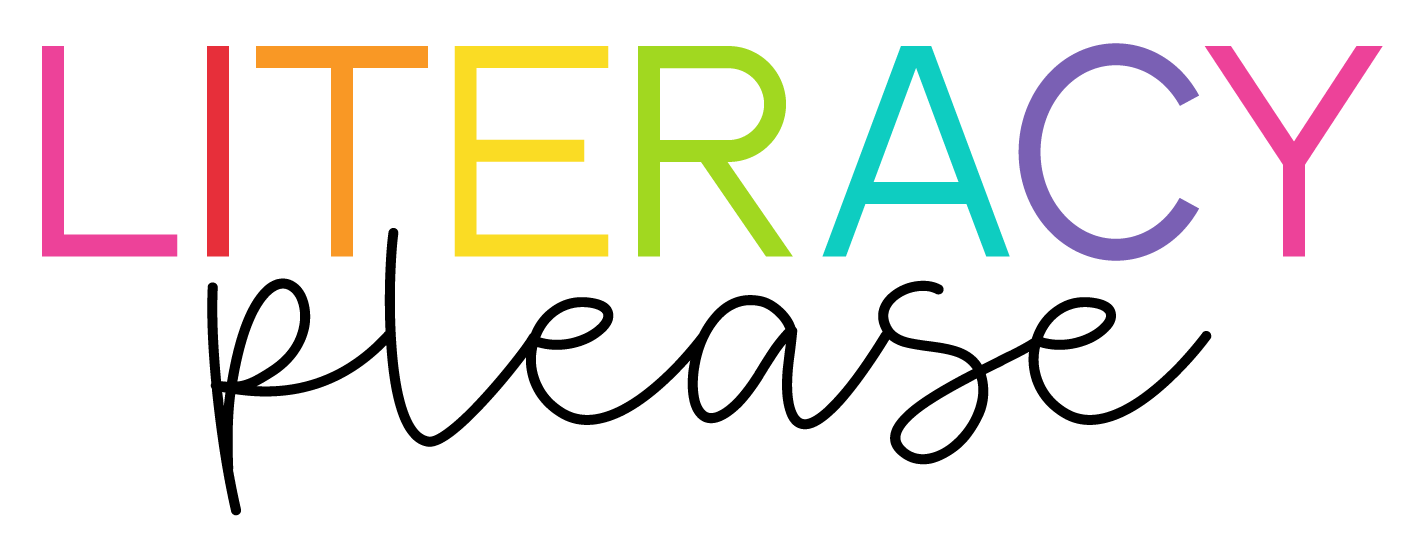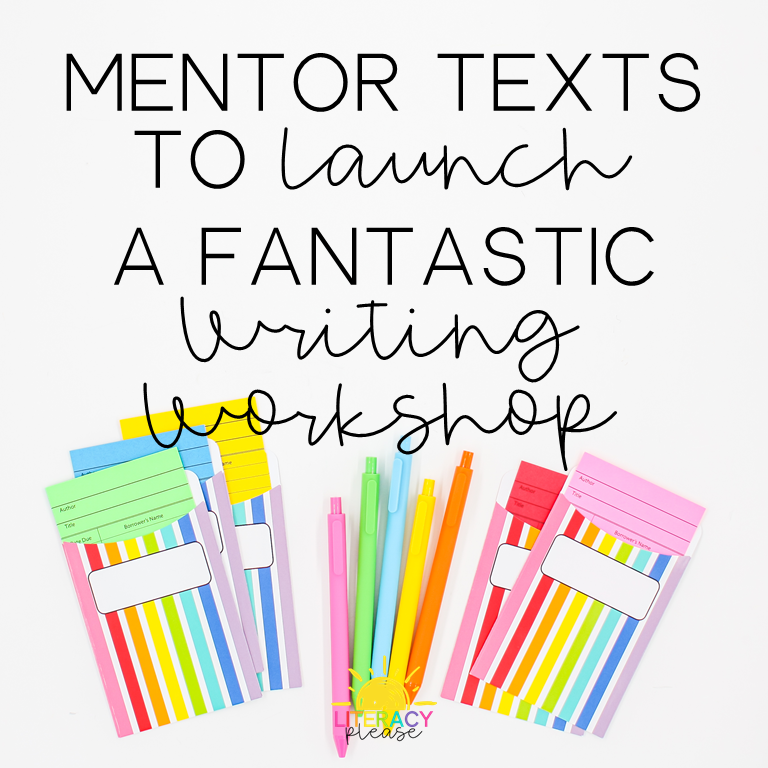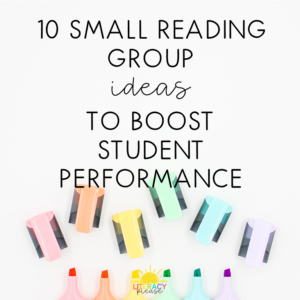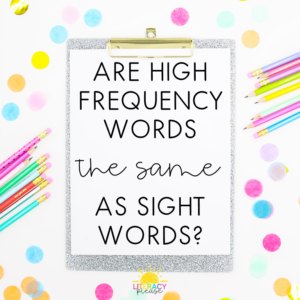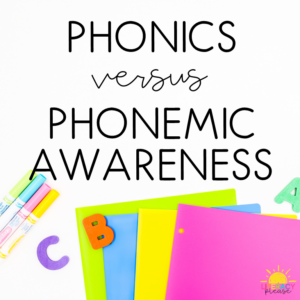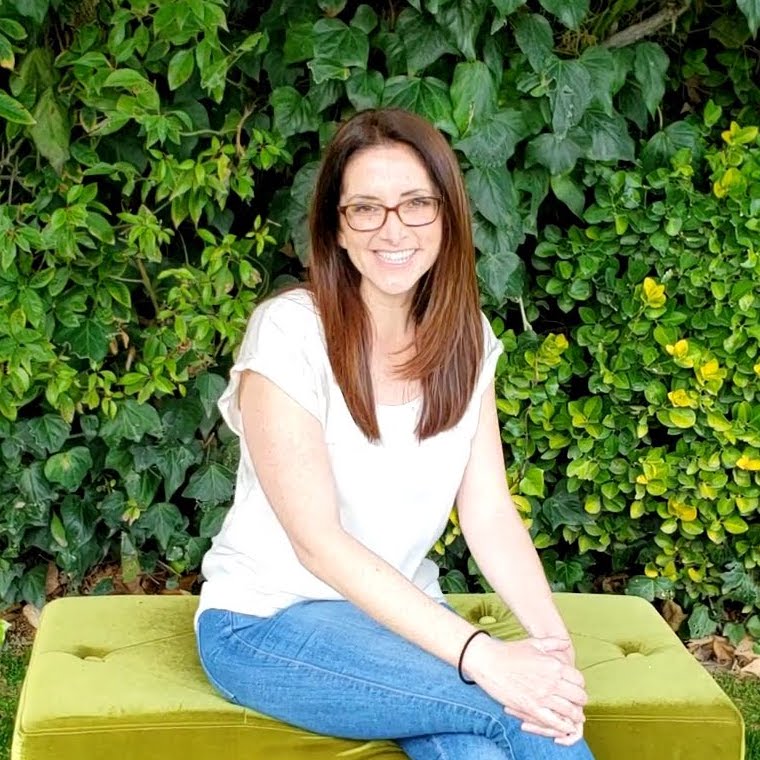Mentor texts play an important role in writing workshop. Teaching students to look at literature as writers, opens students’ eyes to a whole new way of looking at books. Through these pieces of literature, students can find many writer’s craft ideas to imitate in their own writing. Teaching writing with mentor texts in the primary classroom is the perfect way to get young writers started.
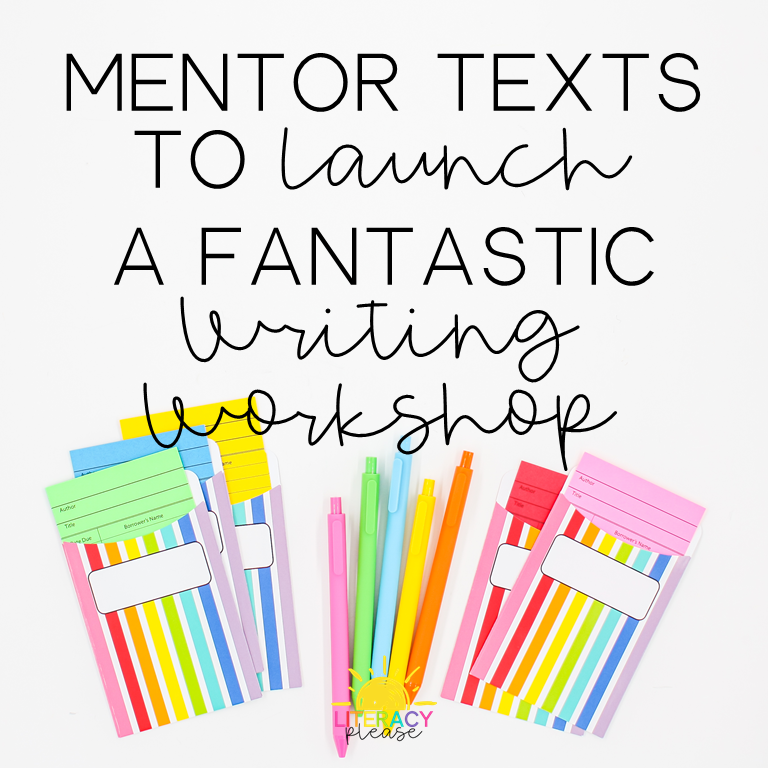
What is Mentor Text?
Mentor texts are books or other pieces of literature used to teach learners for different purposes. It is used to point out the use of punctuation, dialogue, word choice, organization, or other craft move noticed in text . . . In the classroom, teachers and students study books together looking for and naming writer’s craft that can be emulated in their own writing.
Wouldn’t it be amazing to have your first or second graders open a book and be inspired by an author’s craft? They can!
We just need to model this for students by noticing writer’s craft techniques we can use in our own writing.
When we ask kids to make books, we’re not just asking them to write words, they’re also illustrating. So wouldn’t it be perfect to introduce them to authors who’ve also illustrated their own books?
There are many children’s books out there, and choosing picture books as mentor texts for writing can be overwhelming if you’re just getting started. Certainly, there are many resources on the internet if you’re in a bind. Here are some authors/illustrator ideas for you. . .
Dav Pilkey
Dog Breath, The Paperboy, and Dragon books are great mentor texts for young writers. Dav Pilkey writes funny and well illustrated books to provided students with ideas they can use in their own writing. The development of his characters and easily identifiable plot make these books great mentor texts for young writers.
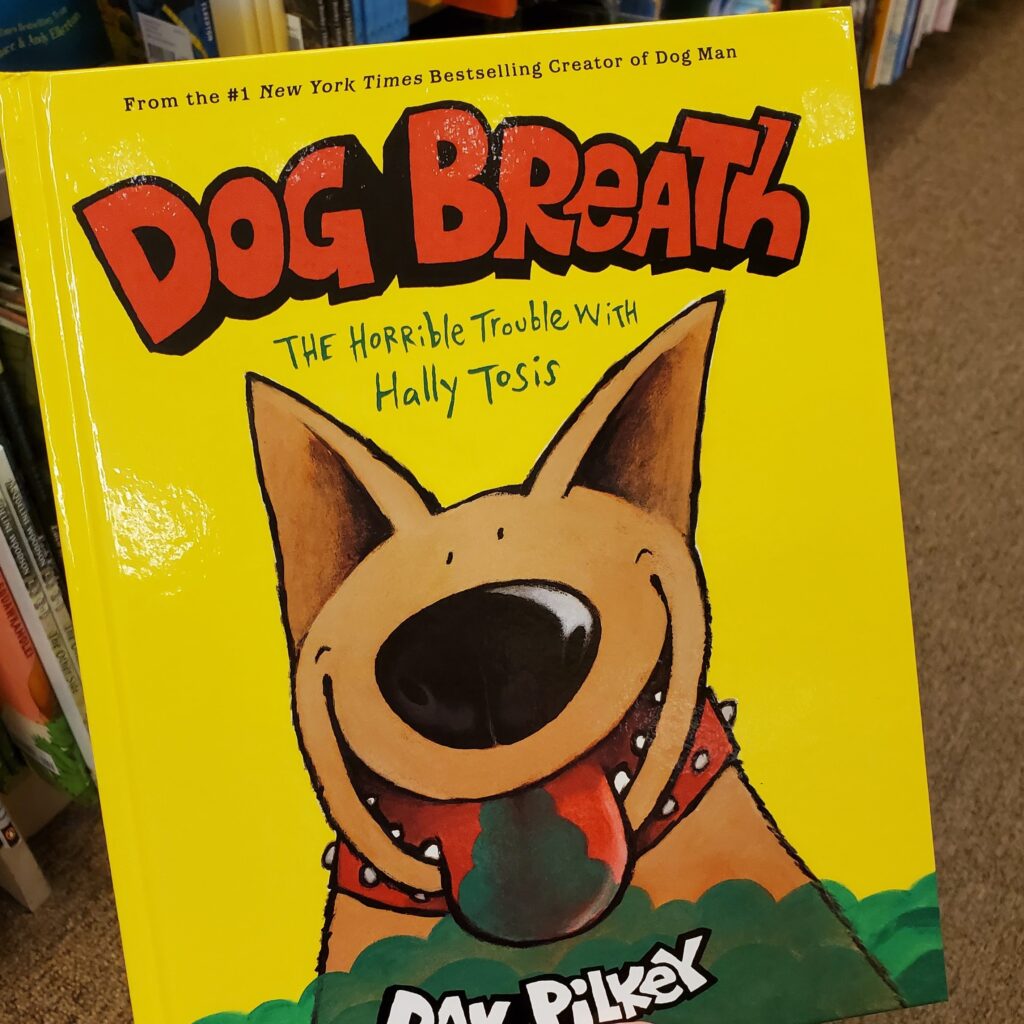
Eric Carle
The Very Hungry Caterpillar and The Grouchy Ladybug are classics. They provide students with an example of a sequence of events combined with colorful illustrations to excite the reader. Eric Carle demonstrates that authors can use what they know about the real world to write stories. For example, in The Very Hungry Caterpillar, Carle uses his knowledge of the life cycle of the butterfly to write a story about a caterpillar that eats his way through many types of food. It then grows bigger and eventually becomes a butterfly. Students see that having background knowledge gives them the power to writer great books.
Vanessa Brantley-Newton
You can find many beautifully illustrated books by Vanessa Brantley-Newton. She adds impeccable detail to her illustrations that can provide students with a great example of how illustrators add detail to pictures. But Ms. Brantley-Newton has also written and illustrated a couple of books–Becoming Vanessa and Grandma’s Purse. These books include the same endearing illustrations, but also show students that illustrators can also write books. Brantley-Newton dives into the feelings children have, which make for great examples of how characters can share feelings in books. The expressions she adds to characters’ faces perfectly models the importance of details to get ideas across in the books students make.
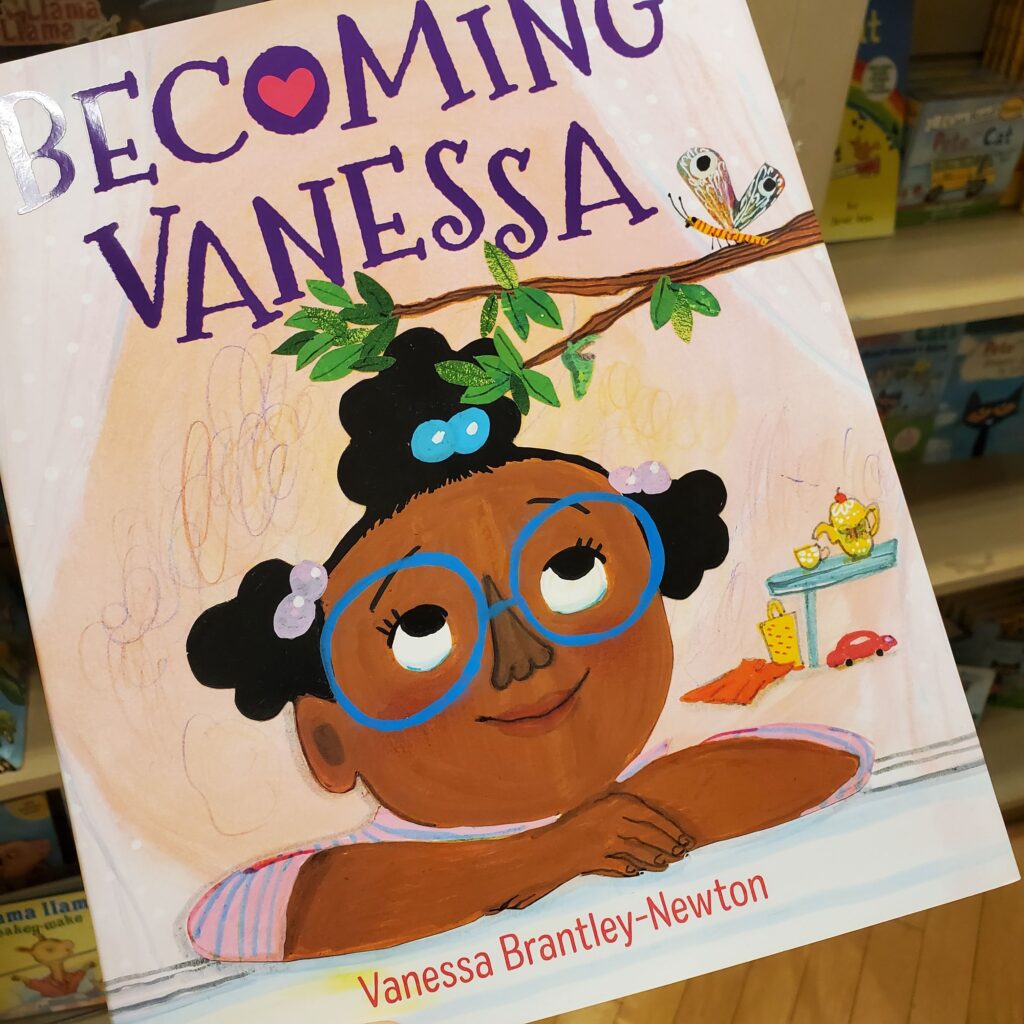
Tommy dePaola
Tommy dePaola does a great job of tapping into the mind of a young child in The Art Lesson. This is a book students can see themselves in as dePaolo shows students how to build anticipation for something exciting. He uses varying sentence structure to show students that sentences can be long, short, and repetitive. This book also includes a surprise ending that students can use as a model for adding something surprising to their own books.
Gaia Cornwall
Two books that students can relate to are Jabari Jumps and Jabari Tries. This author and illustrator creates stories that students can relate to and provides ideas for students’ own writing. In Jabari Jumps, Cornwall demonstrates how illustrations can play an important role in showing readers a character’s feelings through facial expressions and movements. She also uses techniques in which she shows children that the size of letters can add emphasis to what the author is trying to convey as well as how it should be read.
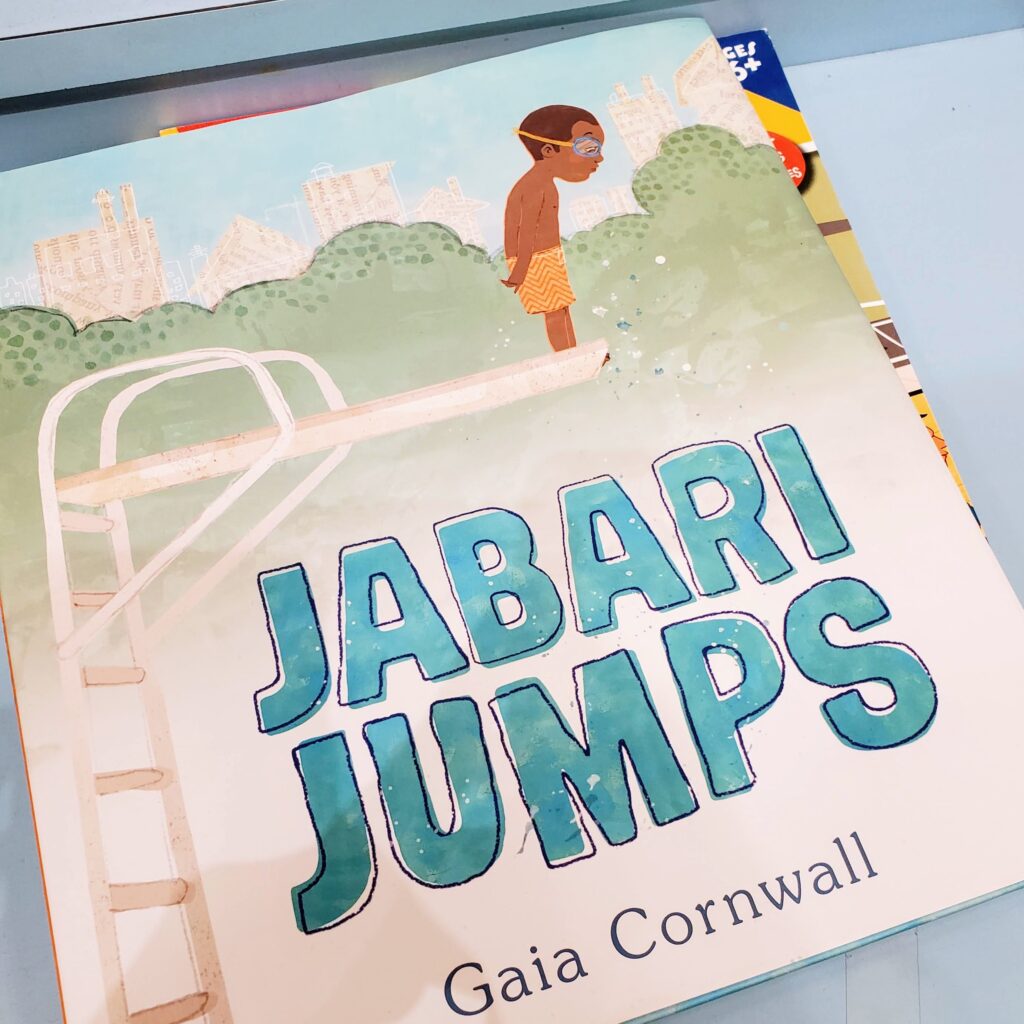
Jan Brett
Jan Brett has plenty of books to choose from. Many popular books and some not so well-known. Her illustrations are enchanting, detailed, and full of creativity. You may be familiar with The Umbrella and The Mitten, but she has many other great books out there for children to enjoy and use as mentor texts. Jan Brett uses beautiful language in her books, but also includes meticulous illustrations, which can inspire the artists in your classroom.
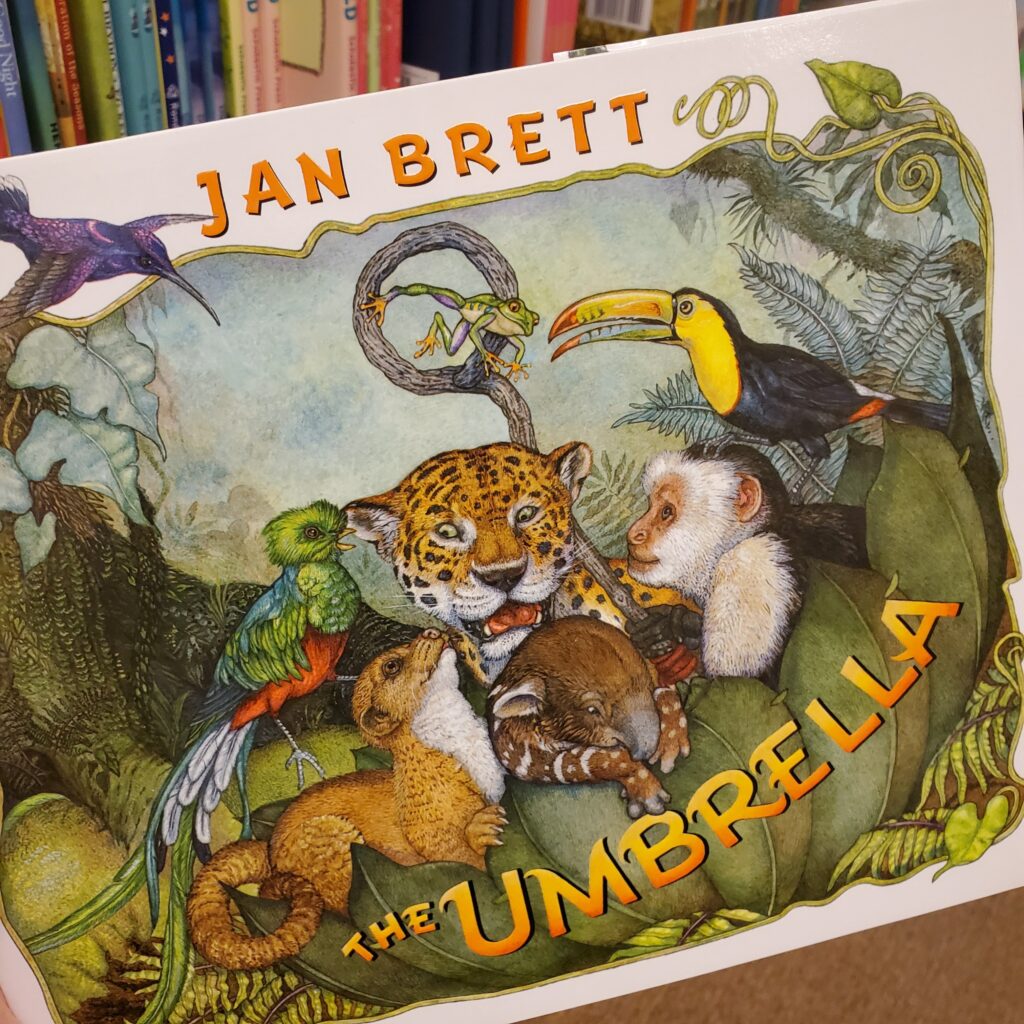
Kevin Henkes
Chrysanthemum, Lilly’s Purple Plastic Purse, and Wemberly Worries by Kevin Henkes are thoughtful books kids can make connections to. His books are longer in length, but have a distinct beginning, middle, and end. This makes it easy to discuss the events in the stories as well as various craft moves. Henkes’ book, My Garden, has fantastic illustrations that will spark creativity in writers. He uses everyday problems children face to write his books in which students can see themselves. When students are able to see themselves in a book, they understand that they can write about their own experiences as a story.
Mo Willems
I’ve never met a kid that doesn’t love a Mo Willems book. Elephant and Piggie books and, of course, Pigeon books will make your students fall over laughing. These books are great for teaching students to add speech bubbles to their writing. And how could I forget the yelling and the drawn out words spoken by Elephant and Piggie?
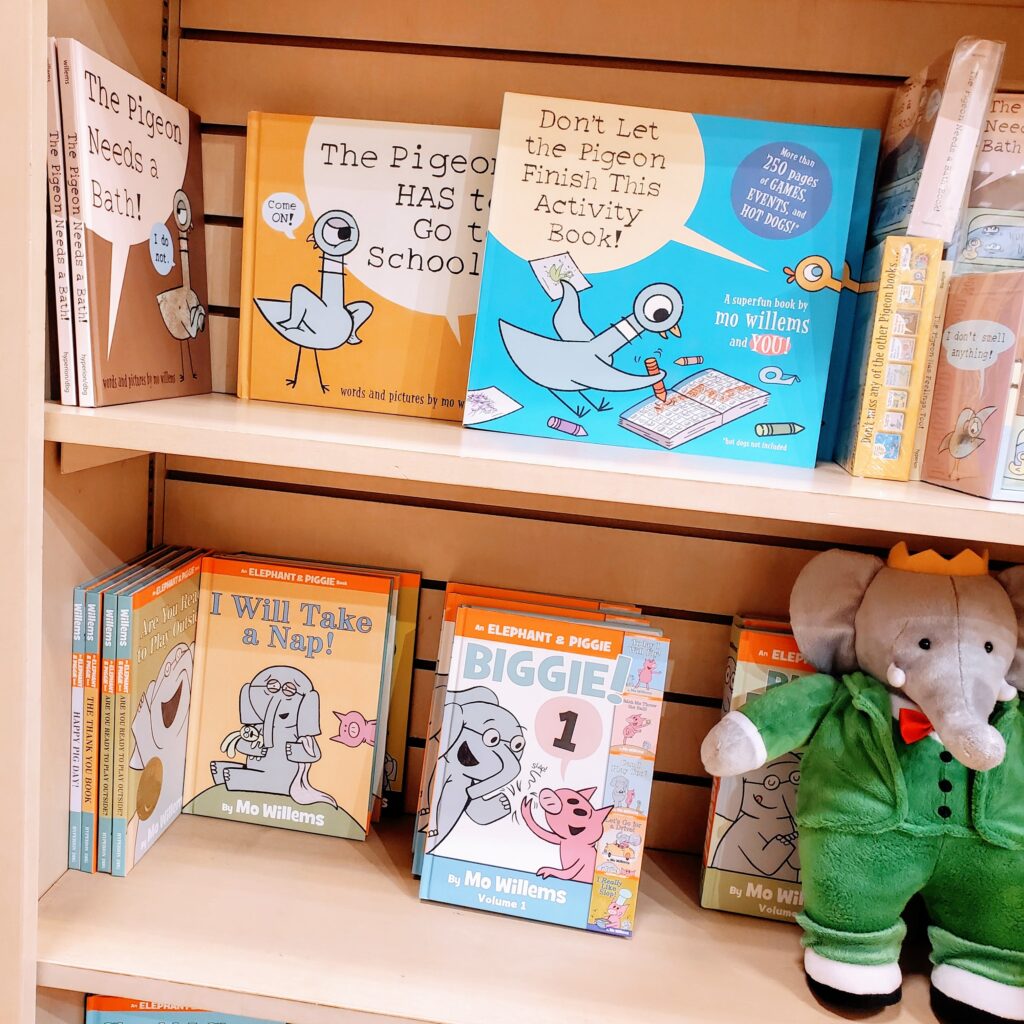
David Shannon
No, David!, Good Boy, Fergus!, and Alice the Fairy have become staples in the early education classroom. These books tell stories that kids love and find entertaining. The story of David is a book many students can make connections to as he can’t seem to do anything right. The sentences are short and repetitive, yet the illustrations tell most of the story. For those students that are still building confidence in writing, using David Shannon books as a mentor teaches students they can use their illustrations to tell a story.
Once you begin noticing the elements within a book, you’ll find ways to make every book a mentor text. Which, by the way, is totally fine. Teaching kids to do the same will make such an impact on their writing and their ability to read as writers. Teaching writing with mentor texts might just become your new favorite thing. Choosing the right text is so enjoyable, so if you’re looking for ideas to get you started, you can find a mentor text book list here. I’ve included various books by each of these authors that your students will enjoy.
As we use mentor texts to teach kids writing, we inspire them to try new techniques that will make writing more enjoyable. Using mentor texts in your writing workshop excites children and also gives them an example of good writing to refer to throughout a writing unit and over the course of the year.
Continue reading more about how to organize your writing workshop materials, including mentor texts, in this post–Classroom Organization for a Successful Writing Workshop.
